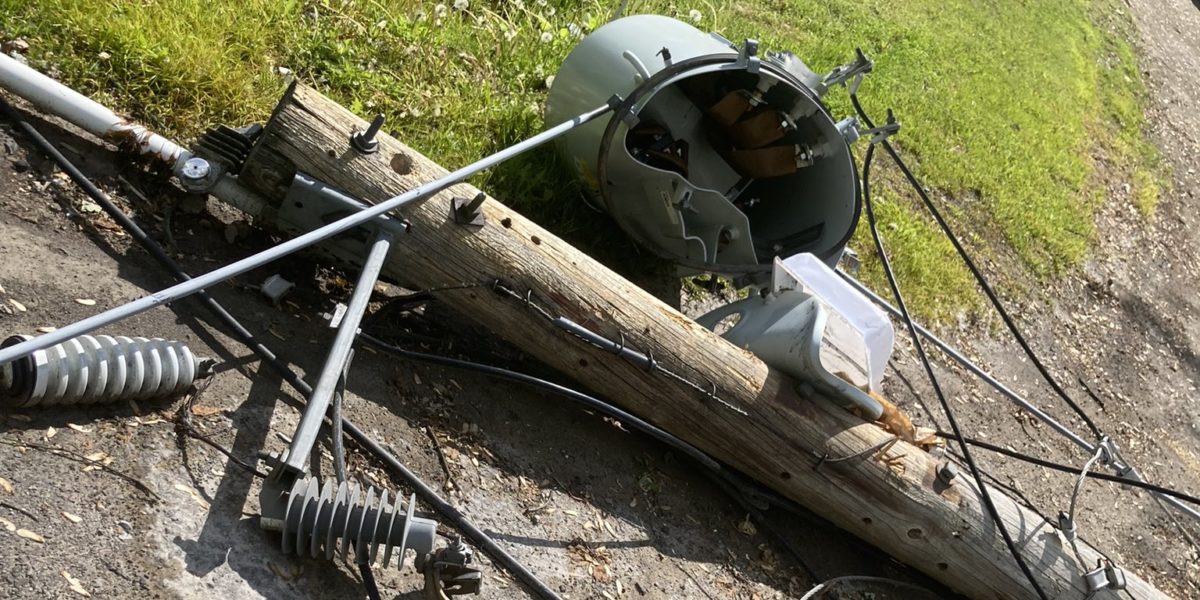In Ian Rankin’s novel A Song for the Dark Times, retired Edinburgh detective John Rebus is given a mixed CD by that name by his former colleague, Siobhan Clarke. Rebus plays it while driving into the countryside after receiving a distress call from his daughter. Her husband has gone missing… There were dark times, literally, in our Ottawa neighbourhood. We had no electricity for a week. Large trees brought down our power lines during the massive storm of May 21. As the foresters say, we’ve seen strong winds and fallen trees in summer thunderstorms, but never at this scale, and never in May.
Ho hum, another climate disaster. Most of us aren’t complaining. Other parts of the world get by on far less energy.
This begs a question. As we try to reduce the frequency of climate disasters by transitioning from fossil fuels to electricity (e-vehicles, air source heat pumps, etc.), how will we deal with ever-more-frequent power outages?
One option is underground power lines. These require more metal for protection from ground water, are far more expensive than above-ground lines, and create their own maintenance challenges.
A better option is solar panels that can feed the grid but can be switched over to power individual homes or a small neighbourhood.
To kick start Ontario’s solar industry, a previous provincial government gave long-term contracts to property owners who installed roof-top or ground-mounted solar panels, but nearly all only feed power into the grid. Without batteries they’re useless when the grid down.
A distributed, decentralized power network provides greater energy security. Right now in Ottawa there’s a patchwork of neighbourhoods where power has been restored and others without power. If individual parts of the system can operate independently, why not build this into grid design?
Some of our neighbours with generators have put out charging stations so that we can all charge our phones. In a neighbourhood-based grid, those with solar panels could supply other households in an emergency. The overall generating capacity could gradually be built up.
Some say we need big, centralized systems because the sun doesn’t always shine and the wind doesn’t always blow. That argument is wearing thin as electricity storage and generating technologies keep improving and costs keep coming down.
The bigger problem is that centralized power is attractive to large corporations and plutocrats. It is ingrained in our political systems.
Nation states build up military power and wage wars. Compared to behemoths like Russia, China, or the U.S., smaller political entities are less likely to attack their neighbours and fight wars.
Politics is inverted. Like our electricity systems, top-down, over-centralized political systems are unstable and need to transition. In a true democracy power resides at the community level and comes from the bottom up.
We need to get more in sync with our local environments. This effort can start with decentralized power grids.
There will still be a need for connections. Nation states and international bodies play significant roles in developing technology standards. But they should encourage smaller political entities that are naturally and culturally diverse. Enough globalization already!
As they say, power to the people.




